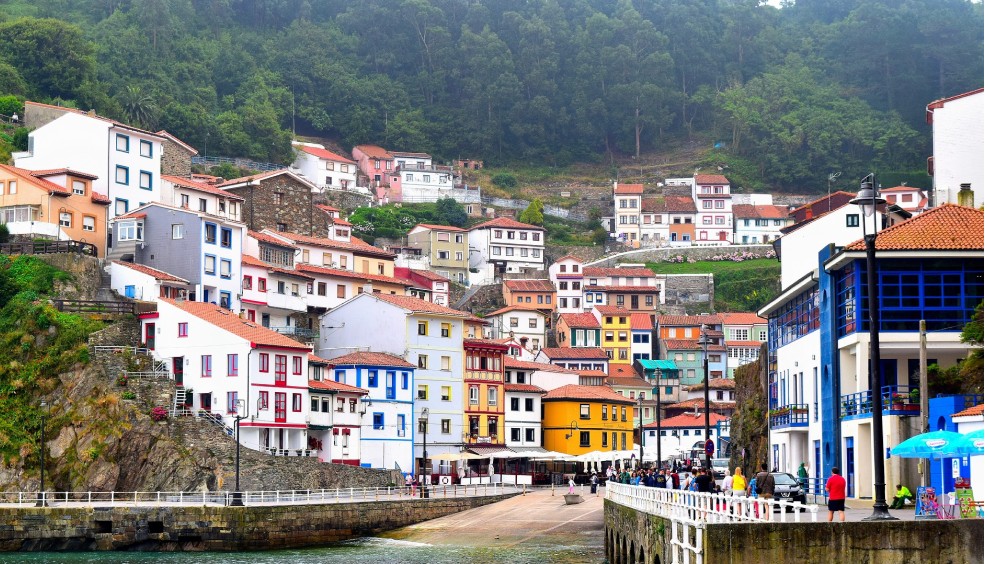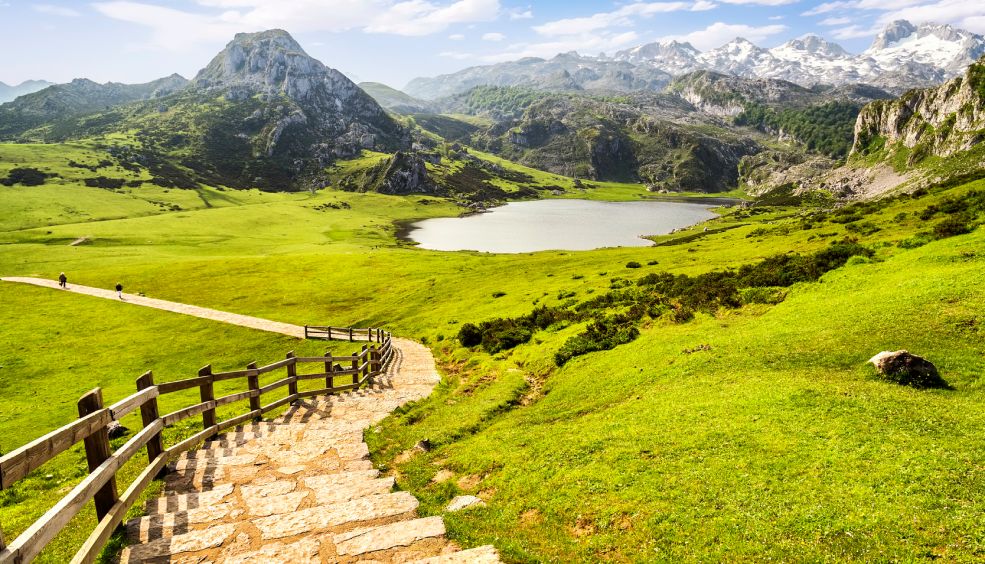Free things to do in Paris
Paris is a dream destination for millions of travellers. Here are our 6 recommendations for things to do for free in Paris.
more info10 different plans in Malta for spring and summer
Malta is an island packed with beautiful enclaves and a thousand surprises waiting to be discovered. Beaches, nature, water sports, architecture and much more: Malta is the perfect combination for a spring or summer getaway.
more info8 nature + gastronomy plans in Asturias. Delicious!
An excursion and then a feast? Or maybe the other way round? In Asturias you'll find scenic hiking trails and mouth-watering dishes.
more infoAsturias at Easter: discover the best things to do!
Festivals, processions, gastronomy, nature, cities, art and culture... You'll find all this and much more at Easter in Asturias!
more info




